Louis Charles Ruotte (1754-ca. 1806), after a watercolor by Jean Louis Prévost (ca. 1760-after 1810), Vingt-neuvième cahier de fleurs (Twenty-Ninth Book of Flowers), ca. 1805. Stipple engraving with hand coloring. Graphic Arts (GA) French prints.
Princeton does not own a complete set of Prévost’s Collection des Fleurs et des Fruits (1805), which was published in twelve livraison or parts with four plates in each. We do have an index to the collection’s 48 plates and this exquisite botanical is not included. We assume our print is one of many that Prévost and Ruotte published separate from the 1805 Collection.
Born in Nointel, France, Prévost was associated with the botanical artist Gerrit van Spaendonck and exhibited at the Academie Royale, as well as the Academy of Saint-Luc. His designs can be found repeated on many fine works of French china, toiles, and chintzes.
Gordon Dunthorne, in his book, Flower and Fruit Prints of the 18th and Early 19th Centuries (GA Oversize 2005-0484Q), compliments Prévost:
A work of outstanding importance and interest, unlike anything published at this time, is Prevost’s Collection des Fleurs et des Fruits of 1805. This was issued for the specific purpose of maintaining the great French tradition for excellence of design and draughtsmanship. And it was Prevost’s hope that the forty eight plates of flowers and fruits would furnish patterns and inspiration to designers and manufacturers of china, toiles, chintzes, and other fabrics. Perhaps no other prints are more worthy of carrying on the tradition of Jean Baptiste and van Spaendonck than these fine examples of Prevost.
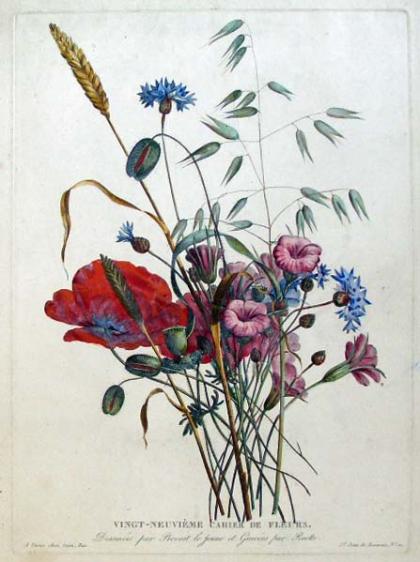
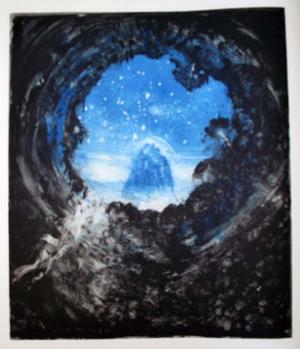
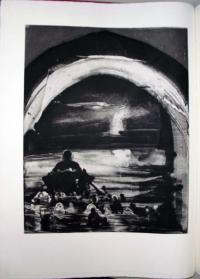
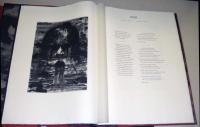
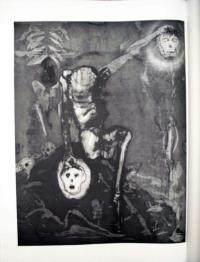
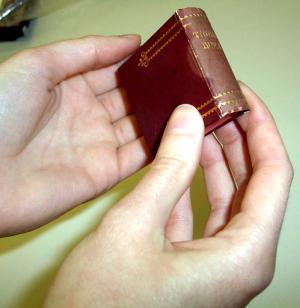
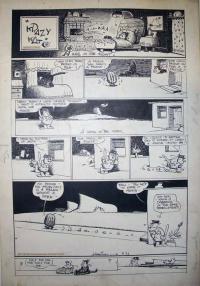
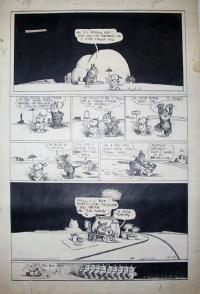
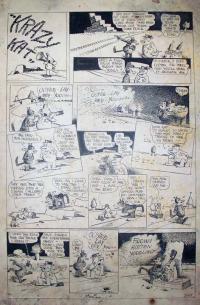

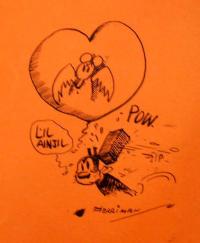

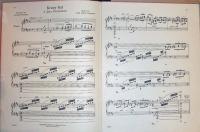
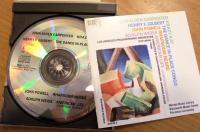

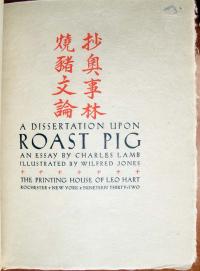
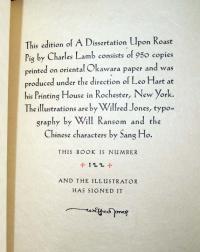


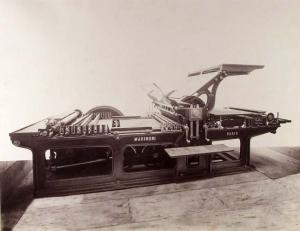
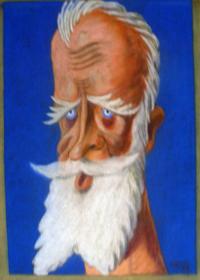




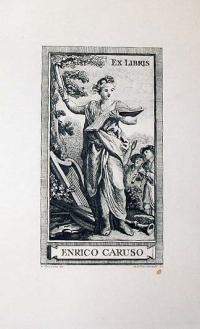


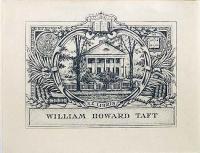
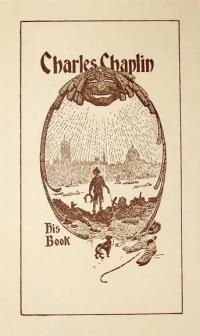

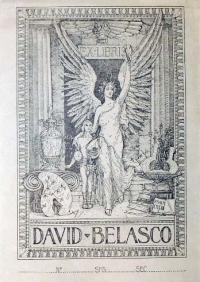

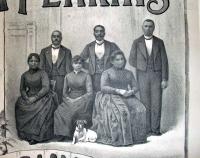

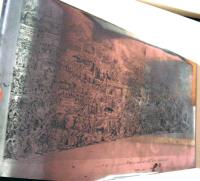
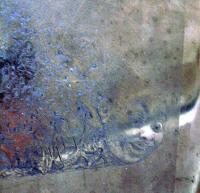


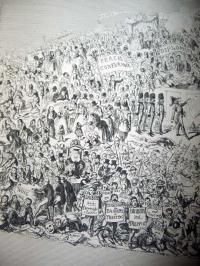
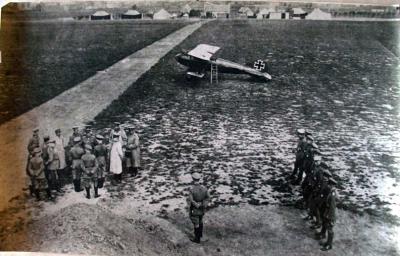
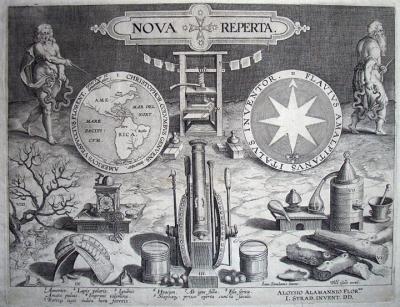

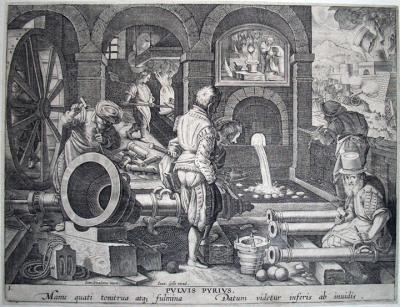
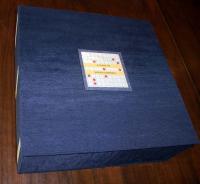

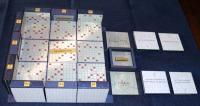
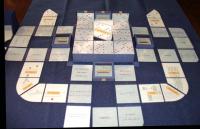
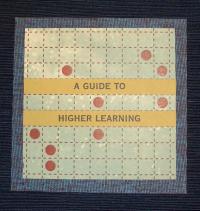

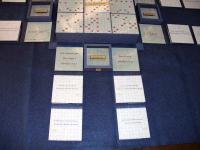
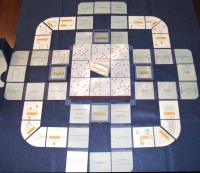
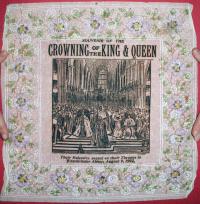
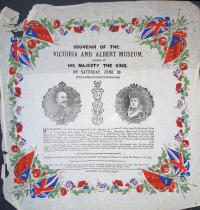

Recent Comments